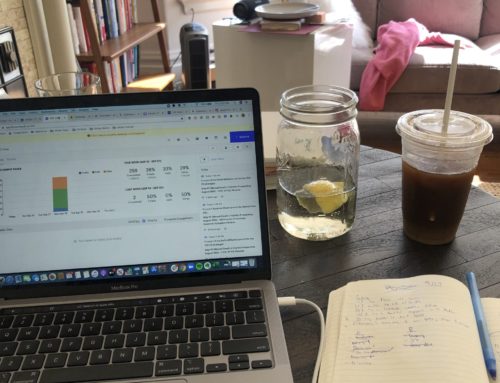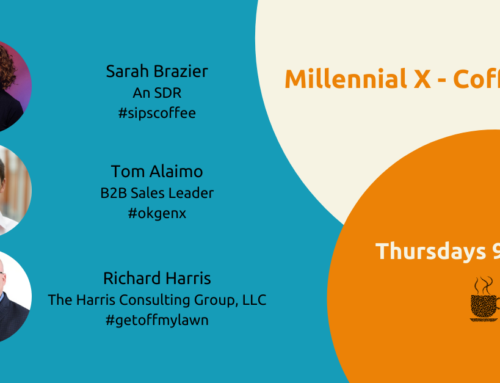Though Meek Mill popularized the theory of having “levels to this sh*t” for rap, I think the same can be applied for just about any craft, including sales.
Much of mastering the sales craft is building critical skills. Cold calling, prospecting, providing value, time management, the list goes on. However, there’s also a process of reaching certain levels as a salesperson.
Anthony Iannarino writes about the four levels of sales in his most recent book, “Eat Their Lunch”. With each new level, the salesperson uses different tactics to grow their skillset and their book of business.
I had the privilege of diving into this topic on a recent episode of the Millennial Momentum Podcast. Here is a description of each level and why it’s so difficult to reach the highly sought after fourth level of sales.
If you’re new in sales, it can be overwhelming. Not only are you learning how to sell, but you’re also drinking from the firehose of information about your product – the features, how innovative it is and why it’s better than whatever your competitor is selling.
Naturally, you likely focus most of your time pitching speeds and feeds – product features – of whatever you’re selling. “We are the fastest (easiest, quickest, or any other adjective that describes your product) product in the market. Here is why you should buy.”
This is level one. Hey, we all have to start somewhere.
As you progress, you learn that level one selling will only get you so far. You then learn how to talk about the benefits you can provide the prospect.
You paint the picture for your prospect – how the product makes them more money, saves their time or generally makes their life better. “Our product can help you grow your bottom line revenue by 5%.”
This is level two. Now you’re starting to get good.
When you get good, you continue to grow. You then will likely learn the art of reference selling.
You can show them examples of other similar companies that had this exact issue solved by your product or service. “We’ve helped companies similar to yours grow their bottom line revenue by 5%. Here are a few references from recent customers that can help share their experience.”
This is level three. You’ve reached a high level of sales at this point. You’re likely hitting quota, making money and possibly earning recognition from your company – and patting yourself on the back. Unfortunately, most of us stop here.
But wait – there’s another step.
Level four selling isn’t really “selling” as you know it. It doesn’t just win a deal or add a new logo to your next pitch deck. It’s about becoming a trusted advisor. A partner. So when you hit a rough patch (which we all do), or the results don’t show immediately (which happens at every company), or that competitor knocks on the door (they always do), you’ve put in the work on the partnership to withstand this.
Here are some examples of level four selling:
- Continually educating your customer on market trends
- Sending your customers something of value – industry articles, press releases, etc. – without asking for anything in return
- Write them a handwritten thank you letter after a meeting
- Connect with them outside of work – try a volunteer or team-building activity outside of the normal dinner & drinks
- Get to know them on a personal level
- Use their feedback to help make your product or service better
- Be honest, transparent and open to having difficult conversations
- Do what other people won’t do. You know that odd request that you think won’t make a difference? The check-in call that you don’t want to join? The visual that they can show their boss that makes them look good? Whatever it is for you, do that thing
I think you get the point. That’s level four selling.
Level four selling isn’t a tactic. It’s not the way you pitch or a “play” to use on a prospect. It’s the way you approach your daily interactions with prospects and customers that can make the difference in your career.
What are some ways that you reach level four sales? I’d love to hear from you in the comments.
Sign up for the weekly Millennial Momentum Newsletter. No BS, All hustle



















![[Podcast]: Slow Down To Speed Up](https://millennialmomentum.net/wp-content/uploads/2018/08/Tiffani-Bova-500x383.png)


